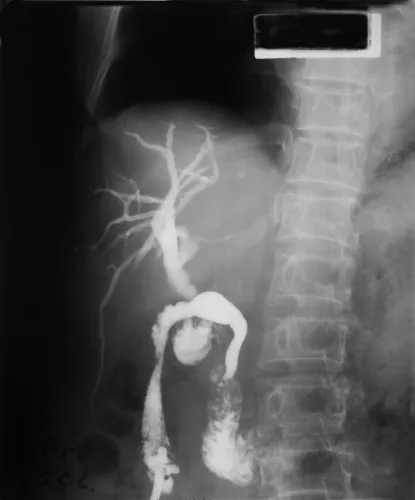General Surgery Coding Alert
You Be the Coder:
Get Up to Speed on Imaging AUC
Published on Wed Apr 18, 2018

You’ve reached your limit of free articles. Already a subscriber? Log in.
Not a subscriber? Subscribe today to continue reading this article. Plus, you’ll get:
- Simple explanations of current healthcare regulations and payer programs
- Real-world reporting scenarios solved by our expert coders
- Industry news, such as MAC and RAC activities, the OIG Work Plan, and CERT reports
- Instant access to every article ever published in Revenue Cycle Insider
- 6 annual AAPC-approved CEUs
- The latest updates for CPT®, ICD-10-CM, HCPCS Level II, NCCI edits, modifiers, compliance, technology, practice management, and more
Related Articles
Other Articles in this issue of
General Surgery Coding Alert
- CPT® 2018:
Update How You Report Deep-Tissue and Facial Pedicle Flaps
Focus on vascular pedicle to choose correct code. If you haven't taken the time to [...] - ICD-10:
Follow 4 Tips for Perfect Pressure Ulcer Dx
Look for site, severity, and more. When your surgeon treats pressure ulcers, you'll need to [...] - E/M Coding:
Bust 4 'Prolonged Service' Coding Myths
Use codes according to published guidelines. If patient care extends beyond the typical time described [...] - You Be the Coder:
Get Up to Speed on Imaging AUC
Question: We recently started using a CDSM module for imaging services in our surgical practice. [...] - Reader Question:
Know Measurement Rules for Melanoma Excision
Question: An op report describes melanoma re-excision of a 1.9 cm lesion with 0.1 cm [...] - Reader Question:
See if History is Present or Past
Question: I'm new to E/M coding, and I'm confused about where the "current" conditions/symptoms and [...]
View All




